The Science
Emulait: Born to Fill a Gap
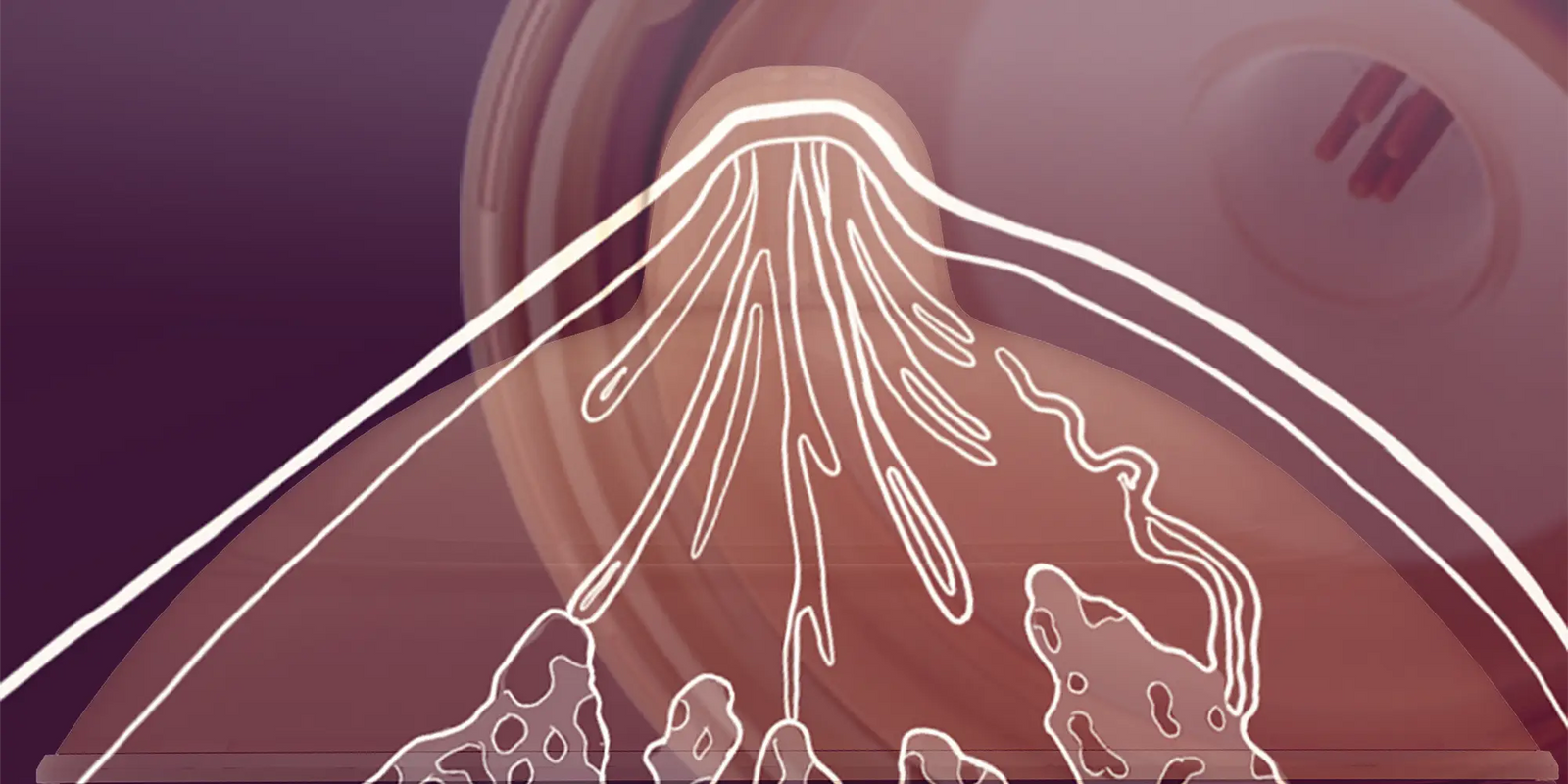
Emulait's founder, Shilo Ben Zeev, was inspired to disrupt the baby bottle industry after observing the challenges of their family’s feeding journey. As with most innovations, Emulait was born to fill a gap – the gap between breast and bottle.
Emulait (em-yuh-ley)
A riff on the word “emulate” - to mimic, and the French word for milk “lait”,Emulait’s goal was to develop a feeding system that would support families on their unique feeding journeys. The bottle was designed to emulate the human breast, in form and function. In science and design, this process is called biomimicry – nature-inspired design and innovation.
Emulait’s bottle design approximates the unique physical and developmental benefits that breastfeeding offers – often lost when bottle-feeding. It does not contradict or compete with the foundational principles and importance of breastfeeding. Rather, Emulait supersedes conventional bottles by harnessing technology, materials and design thinking that simply didn’t exist a few years ago.
"Emulait offers empathy backed by science and thoughtful design, with the goal of supporting families to give their baby the best possible feeding experience by closing the gap between breast and bottle."
Shilo Ben Zeev
Founder and CEO
The Research Base
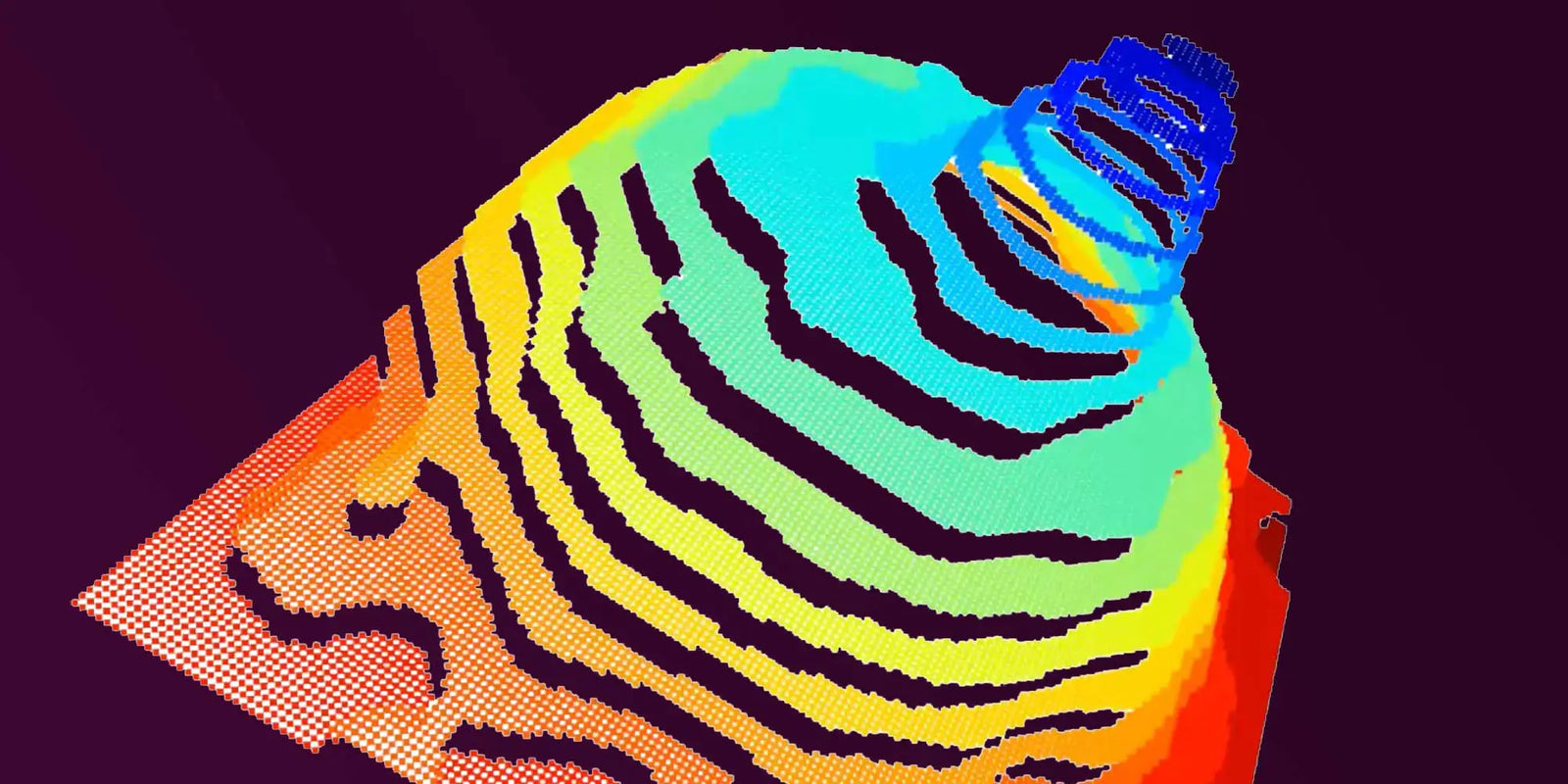
With a background in medtech, Shilo knew the potential of advanced technology and materials to elevate health and wellbeing. He also knew the value of cross-fertilizing expert knowledge across industries. Disrupting the baby bottle industry was something the team behind Emulait took seriously. They established an all-star Scientific Advisory Board and R&D team to reimagine the baby bottle as we know it.
Dr. Mike Woolridge’s Research
The foundation of Emulait is four decades worth of infant feeding research by Dr. Mike Woolridge, an independent researcher whose work has supported many clinical and public health initiatives to promote breastfeeding.
Scientific Advisory Board
Led by Professor Judith Shamian, a global leader in public health and nursing, the board brought together experts in infant feeding and maternal health to guide the process of innovating in this space while remaining grounded in science and best practice.
“Promoting breastfeeding is a matter of public health and mothers need more support than ever to have a successful feeding experience."
Judith Shamian
Chair of Scientific Advisory Board
Design Process
Under the veteran guidance of Bob Worrell, a design expert with 50 years experience, the engineering and design team explored the newest materials and technology to implement the SAB recommendations.
“Empathy was a key aspect in this process - to approach this challenge not as a perfunctory mechanical fluid transfer solution, but as an intimate human interaction.”
Bob Worrell
Co-founder and Chief Design Officer
The Scientific Advisory Board
The development of Emulait has been guided by our Scientific Advisory Board (SAB), which comprises preeminent experts in breastfeeding and infant feeding. Our product has also been endorsed by leading health professionals who are at the frontline of providing care and guidance to families of newborns including leading paediatricians, OBGYNs, and lactation consultants.
Helmed by Professor Judith Shamian, a leading public health expert and veteran nurse, the SAB is rounded out by the expertise of Mike Wooldridge who has studied the mechanics of breastfeeding for over four decades; the hands-on expertise of renowned lactation consultant and entrepreneur, Linda Hanna; and experts in women’s health, Orit Jacobson, and infant health, Rae Jean Hemway.



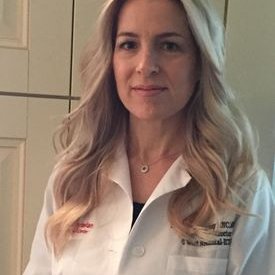

The purpose of the SAB has been to advise the company on the physiological basis of infant suckling during breastfeeding, which informed the key design considerations for the nipple and bottle. A foundational principle of the SAB has been the promotion and sustainability of breastfeeding, when possible.
Reimagining the Baby Bottle
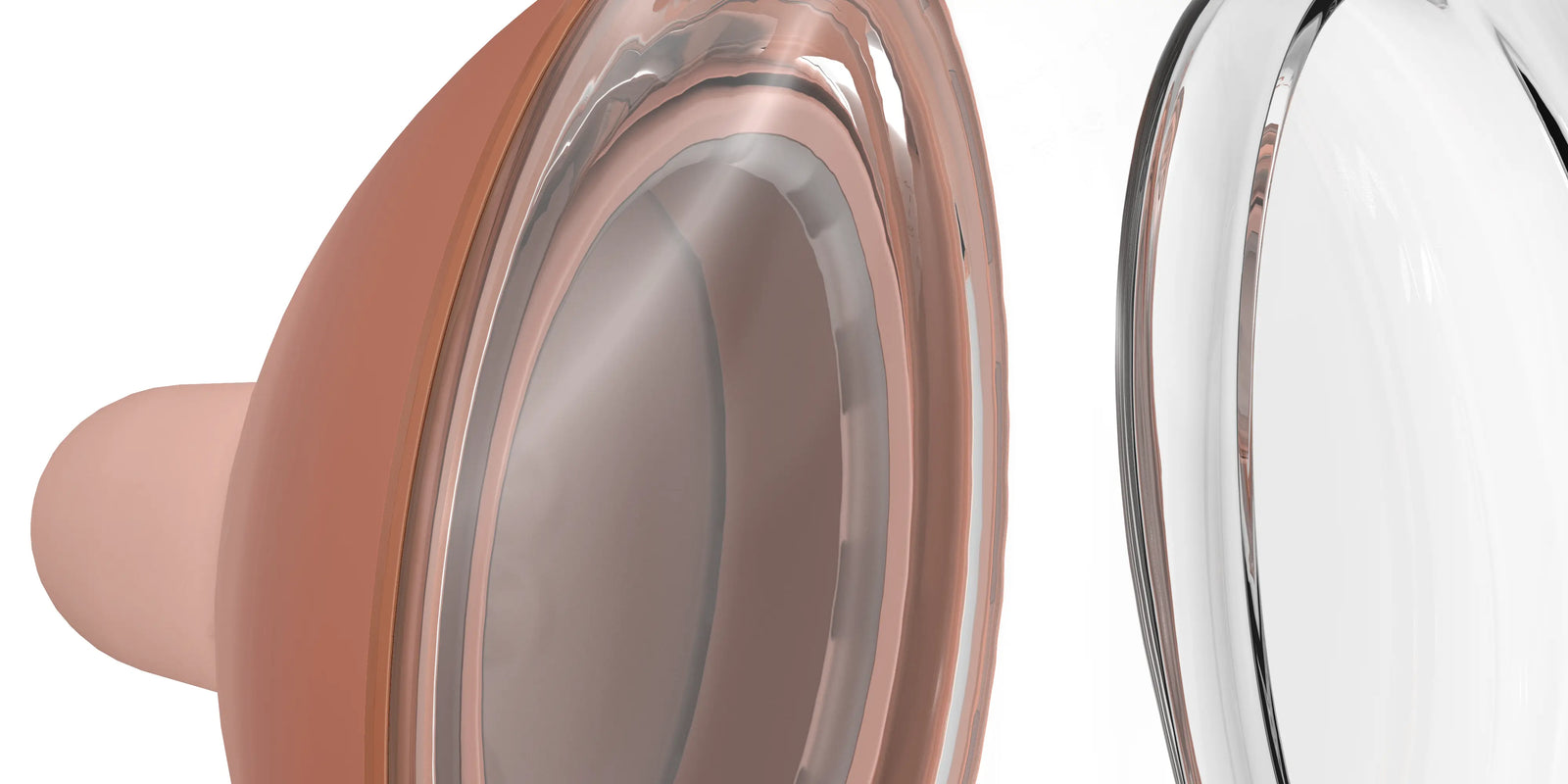
The Emulait Scientific Advisory Board applied their combined expertise in infant feeding and maternal health to this challenge: to reimagine the baby bottle as we know it.
Earliest written record of breastfeeding based on precise observation
First documentation of modern scientific research into the mechanics of breastfeeding
Emerging insights from ultrasound studies around ‘peristaltic’ activity when breastfeeding and intermittent suction when bottle-feeding
A new dad seeks a better feeding solution for their newborn and wife
Research and design on the world’s first biomimetic baby bottle
Emulait introduces biomimicry to the baby bottle industry
Combined Feeding Actions
Research indicates that both peristaltic and sucking actions are responsible for milk extraction during breastfeeding. These actions support optimal oral development by strengthening muscles and exercising the vagus nerve, which controls these muscles. This promotes healthy eating patterns and long-term self-regulation, reducing the risk of childhood obesity.
Conventional Bottles
Traditional bottles do not encourage peristaltic action. Babies rely on gravity and piston-like sucking to extract milk, which do not provide the same oral development benefits as breastfeeding. Studies suggest bottle-fed babies have a higher risk of lifetime obesity due to poorer self-regulation. Despite some innovations in the past decade, most new-age bottles still adhere to conventional thinking and design.
Learn more about how babies feed
While the earliest written record of how a baby feeds based on precise observation was produced in 1651 by William Harvey, modern scientific research into the mechanics of breastfeeding was first documented in the 1950s. Two feeding theories emerged and have persisted to this day - tongue peristalsis as baby’s way of extracting milk from the mother’s nipple (positive compressive forces of the tongue against the underside of the nipple) and the use of intermittent suction to remove milk from a bottle. While these theories have long been pitted against one another, ultimately, they represent different methods of milk extraction from different sources – one being breastfeeding and the other bottle feeding.
The potential role of intermittent ‘added’ suction is a more recent discovery. It was first reported by a Japanese researcher in 1991, with her observations being formalized using ultrasound in 2008. Since then, researchers have sought to explain how these two previously competing views can exist side-by-side.
It is most plausible that both peristaltic and sucking actions are responsible for milk extraction in breastfeeding. These forces support optimal oral development for baby, by strengthening the oral muscles and jaw. Additionally, they offer neurodevelopmental benefits by exercising the vagus nerve which controls these muscles. This encourages healthy eating patterns whereby baby can effectively extract and control the flow of milk and consume “what they need”. This is important for long-term self-regulation and is also suggested to lower the risk of childhood obesity.
Conventional bottles used for bottle feeding, on the other hand, are not designed to encourage peristaltic action. Babies rely on gravity and piston-like sucking to extract milk (similar to sucking on a straw). Consequently, bottle feeding does not elicit the same oral development benefits as breastfeeding. For this reason, some studies have shown that bottle-fed babies have a higher likelihood of lifetime obesity and poorer self-regulation. It is worth noting that existing research on bottle feeding is skewed towards the industry standard and is a minefield of competing commercial and scientific interests which shed little light on the complexity of feeding mechanisms. There has been a quiet wave of innovation on the baby bottle front this past decade, however many of these new-age bottles do not break with convention.
The Scientific Advisory Board (SAB) adopted a first principles approach to support the development of Emulait, whereby all assumptions or common truths were investigated and then the problem was reimagined based on what we know and don’t know. Under the veteran guidance of Bob Worrell, the engineering and design team explored the newest materials and technology to implement the SAB recommendations. This gave the Emulait team the opportunity to fill the gap that the bottle industry has struggled to bridge and bring babies the benefits that both types of feeding mechanisms offer.
Translating Science to Practice
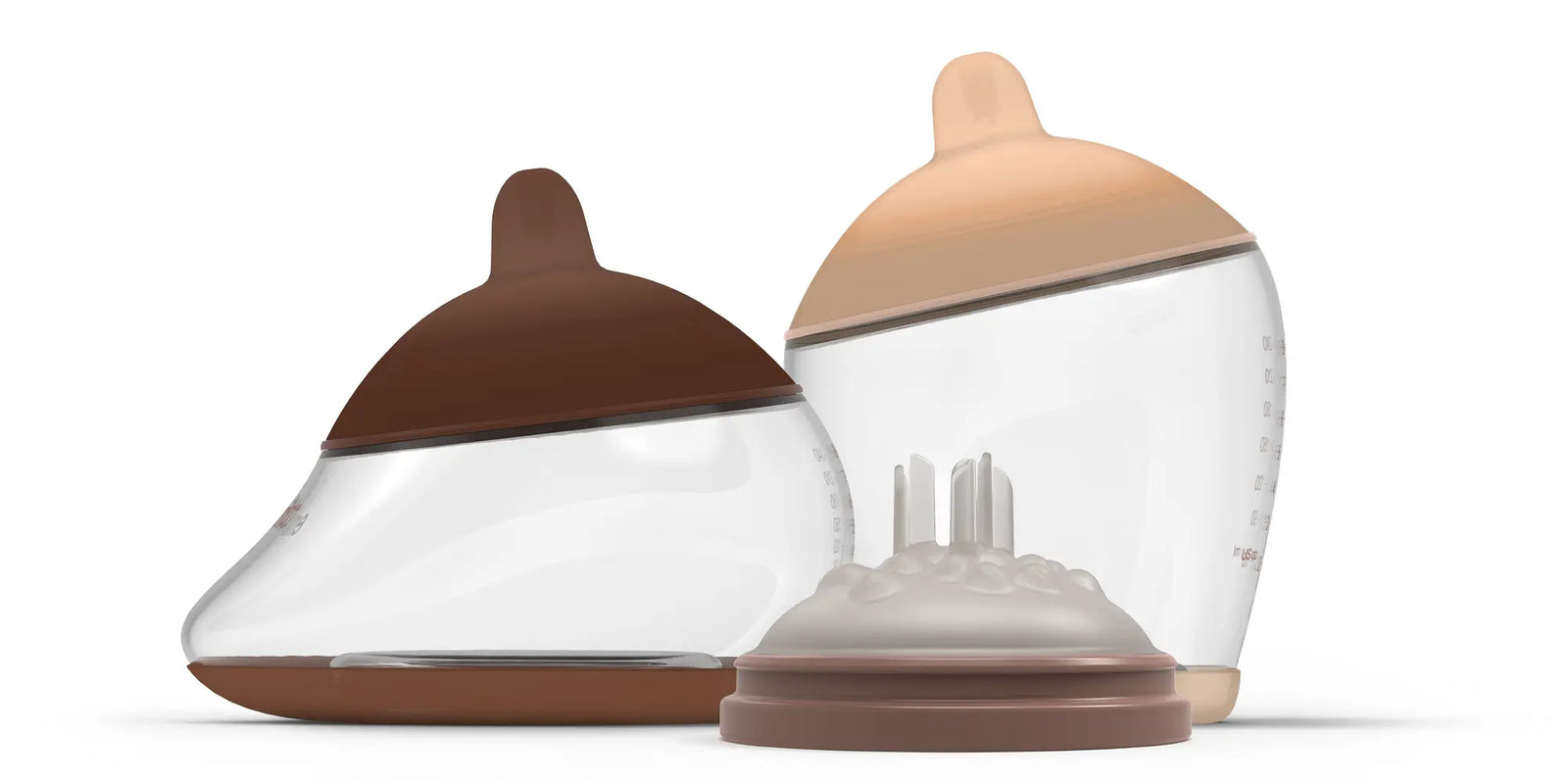
A key principle guiding the bottle's development was the role of active suckling when feeding - specifically, the natural elongation of the human nipple when the child draws it back on the palate. The bottle was designed to facilitate the actions needed for this.
There is simply no other baby bottle that offers this feature – conventional bottle nipples are rigid and non-extendable, and are gravity-dependent, whereby the baby extracts milk through suction. Other physiological features of the anatomy were achieved through research by the design and development team, with guidance from the Emulait Scientific Advisory Board, and by challenging conventional wisdom in theutilization of the traditional manufacturing processes.
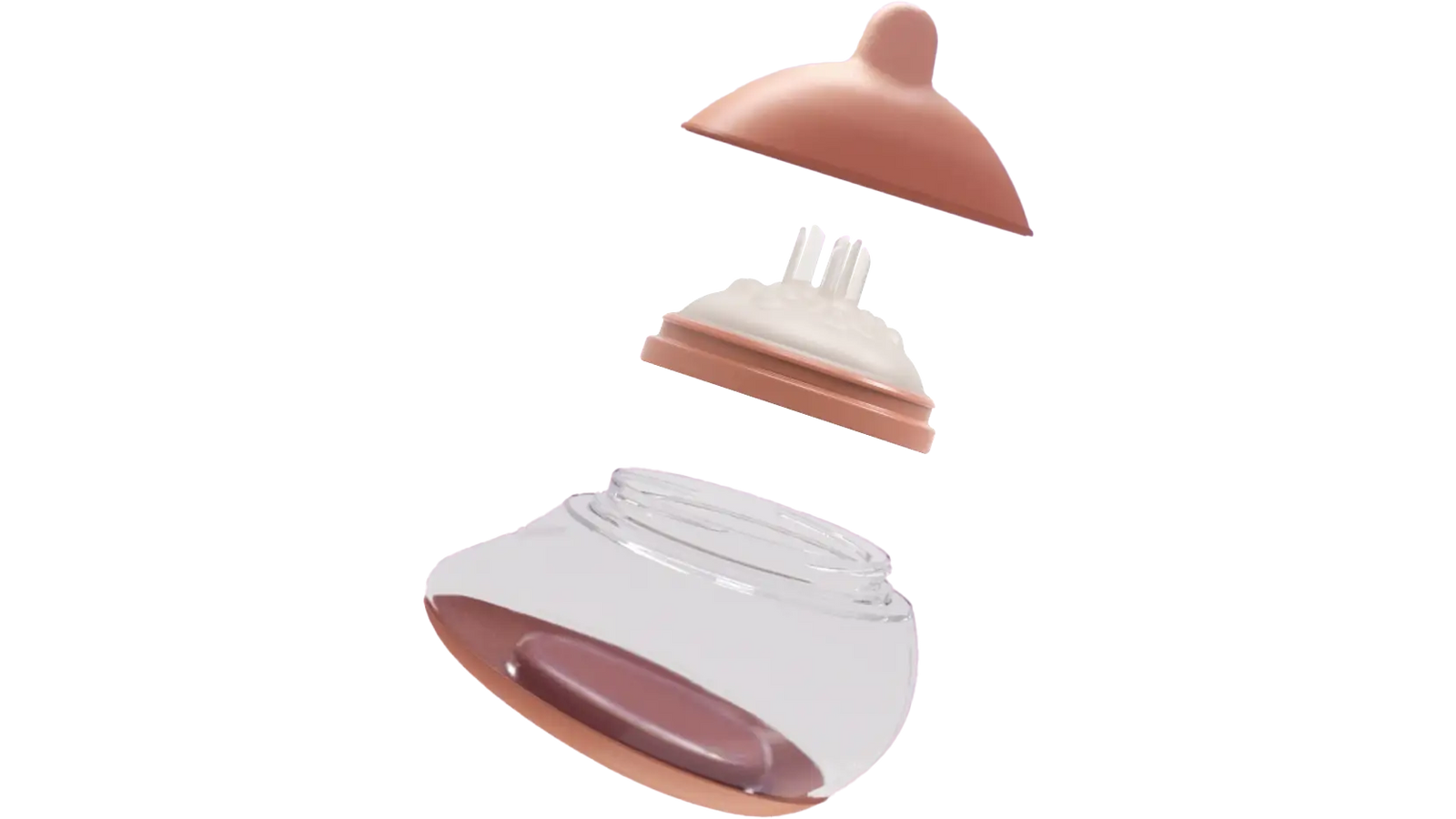
Designed to support a natural breastfeeding position, providing better eye contact and facilitating responsive feeding.
Emulates the texture, feel, and elasticity of a true nipple using thin wall sections and soft silicone.
Features thin silicone tubercles that mimic the texture and mouthfeel of the tissue and lactiferous milk ducts within the human nipple.
Combines surface texture and randomly placed supports to replicate the areola complex.
Multiple holes allow milk to pass into the baby’s mouth, mimicking the natural array of duct holes in the human nipple.
The Responsive Flow Valve is a single-valve system that has been engineered to dynamically adapt to a baby's suckling intensity. This ensures that the baby controls the milk flow and preserves the extraction skills afforded by breastfeeding.
Reflects and celebrates the diversity of mothers and families, promoting self-esteem and identity.
Emulating nature, emulating mom
Emulait bottles have been designed to reflect both the universal physiological aspects of the breast and their uniqueness. We have created a product which is both beautiful and functional.
Bottle shape
The breast-shaped bottle base, the “Anatomy Bottle”, supports a more natural breastfeeding position, provides better eye contact and facilitates responsive feeding. The “Classic” is a streamlined bottle suited for those on the go.
Nipple
Designed to emulate the texture, feel and elasticity of a true nipple by utilizing thin wall sections and soft durometer silicone. This enables active suckling which supports optimal oral development. Like the human nipple, the bottle is fully compressible in the lateral plane, and extendable in the longitudinal axis, meaning that it extends into the baby’s mouth during suckling. No other bottle available on the market does this.
We incorporated thin silicone tubercles inside the nipple to emulate the texture and mouthfeel of the tissue and lactiferous milk ducts within the human nipple. This allows the infant to compress and latch onto the nipple easily. These are not hollow tubes, through which the milk passes, but solid tubes (non-collapsible) around which the milk passes.
The appearance of the areola complex was accomplished by the combination of the surface texture of the nipple and by randomly placed supports on the flow control valve immediately underneath the nipple surface. These supports emulate the oil-producing Montgomery glands in the areola complex. The aesthetic treatment created by these supports has a second function which is to prevent this soft nipple from receding back into the bottle and promoting a positive latch.
Milk flow
The Responsive Flow Valve is a single-valve system that has been engineered to dynamically adapt to a baby's suckling intensity. The valve intuitively adjusts milk flow: faster for vigorous suckling, slower for gentler moments, and closed when not in use, ensuring a naturally paced feeding experience. This breakthrough innovation means that bottle-feeding is baby-led – allowing babies to extract milk at their own pace and preserve the oral skills they would use at the breast. The goal is to avoid the likelihood of bottle preference by preserving the oral skills needed to extract milk. This has both oral and neurodevelopmental benefits, and can support easier transitions between breast and bottle and back.
The holes allowing milk to pass into the baby’s mouth mimic the natural random array of duct holes of the human nipple; there is not just one fixed aperture hole through to the outside (shown by 90% of standard nipples).
Skin tone match
While babies do not recognize color in the early months (they detect contrast, hence the darkening of the areola), the skin tone feature aims to reflect and celebrate the diversity of mothers and families. Research supports the notion that seeing oneself in the world around you - real and virtual - is important for self-esteem and sense of identity, particularly regarding ethnic representation. The personalisation features also support women who are unable to breastfeed due to medical complications but wish to emulate the experience.
The design features convey the company ethos of Emulait to ensure that the feeding system matches the mother’s own visual and functional anatomy, as well as honouring the personal bond which breastfeeding evokes.
Bottling the Benefits of Breastfeeding

Emulait’s feeding system has been designed to approximate the breastfeeding experience – namely, to encourage the oral development benefits of breastfeeding and promote the mother-infant bond. Bringing together science, engineering and empathy, Emulait has bottled these benefits in a way that supersedes the market standard.
The benefits of breastfeeding
The benefits of breastfeeding are well-established and indisputable (AAP, 2022). Breastmilk, quite simply, provides babies with all the energy and nutrients they need in the first few months of life, and contains protective and immunity-building properties which give babies the building blocks for good health. Benefits to babies include greater protection from infections and viruses, better gut health, and less frequent health care requirements and hospitalizations. Breastfed babies have better health outcomes over time, including a reduced likelihood of diabetes and obesity.
Sustained breastfeeding offers protective benefits to moms, including a reduced risk of breast and ovarian cancer, maternal Type 2 diabetes, hypertension and an earlier return to pre-pregnancy weight.
But further to this, the actual act of breastfeeding has benefits that have, quite literally, never been bottled. The Emulait feeding system has been engineered to channel some of the oral development and neurodevelopmental benefits of breastfeeding, and promote the mother-infant bond which is critical for both mother and baby.
While public health organizations recommend exclusive breastfeeding for six months and sustained breastfeeding for up to two years, mothers face many barriers to achieving these goals (AAP, 2023). 83% of mothers report breastfeeding initially, but only 25% report exclusively breastfeeding by the end of the first six months (CDC, 2022). Latch and nutrition concerns and medical barriers to breastfeeding may make early bottle introduction necessary as a temporary measure. However, some babies will develop a strong bottle preference which can interfere with a return to breastfeeding. For others, returning to work raises many issues, especially when a baby rejects conventional bottles. Emulait, a first-of-its-kind biomimetic bottle, has been designed to provide an experience which approximates breastfeeding and eases this transition.
Critically, systemic barriers also mitigate against continued breastfeeding. These barriers include lack of social support and childcare options, economic disadvantage, unsupportive workplace policies and poor parental leave options. Better systemic support and comprehensive family-friendly social and workplace policies are no less important to good health outcomes for mothers and babies.
Where Science, Innovation and Empathy Intersect
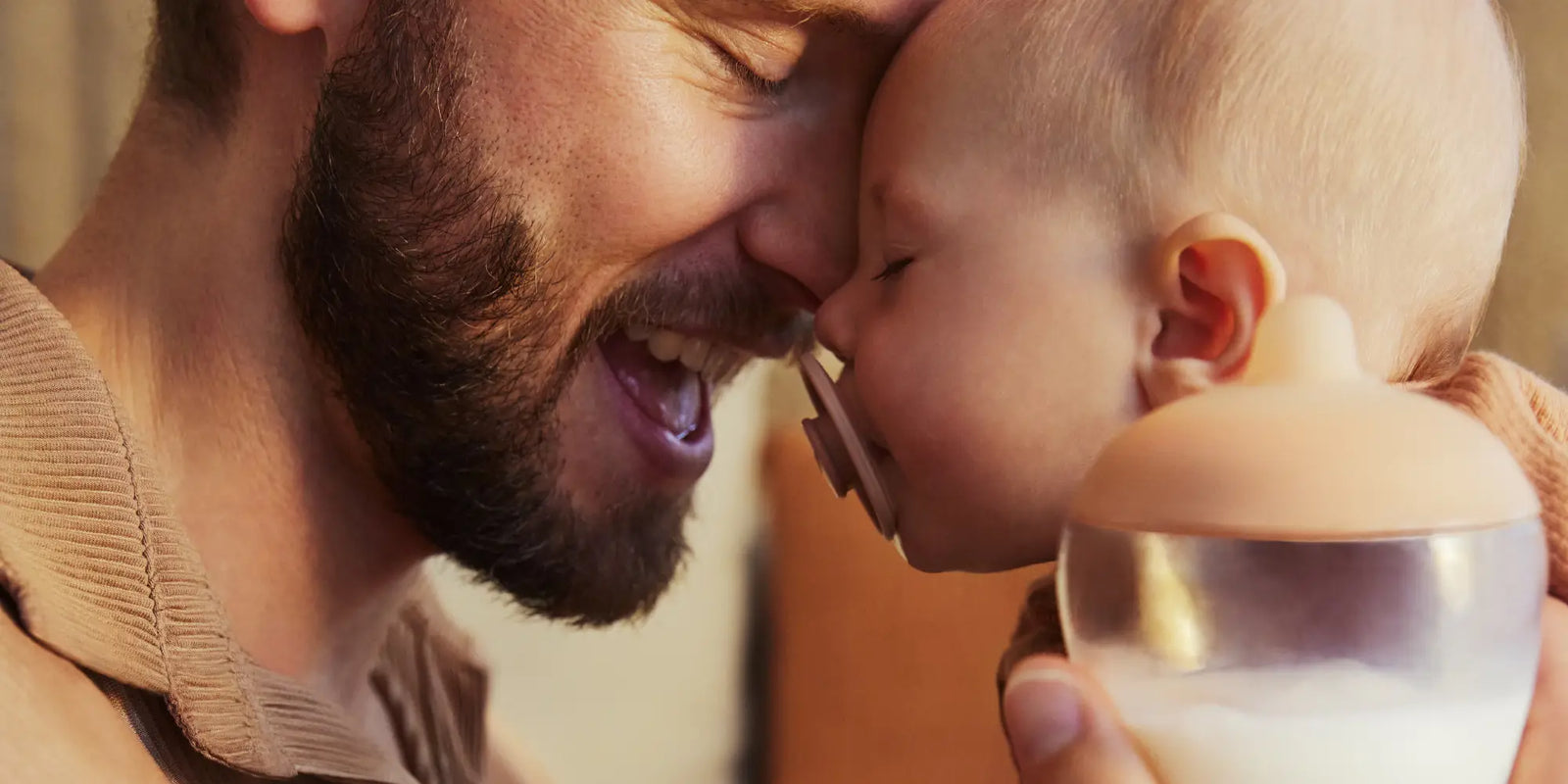
Modern families, the way they are built and the demands they experience, are ever-changing. Babies spend less time with their nuclear families, and they spend less time on the breast. Emulait enables moms to combine breast and bottle feeding and offers – for those who choose or need to bottle feed – a way to recreate and maintain some of the benefits of breastfeeding. Emulait aims to provide families with flexibility and choice to find a natural feeding system that works for them.
Emulait is born for now.
